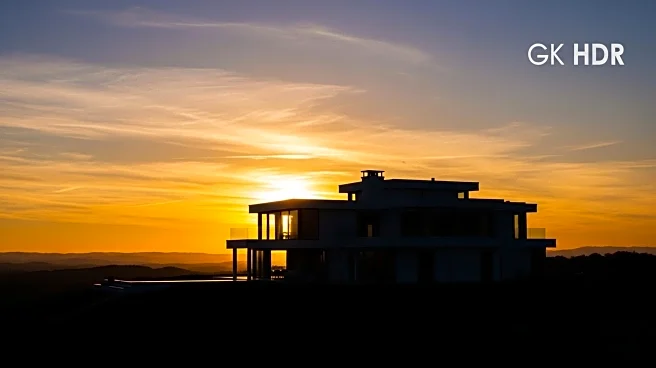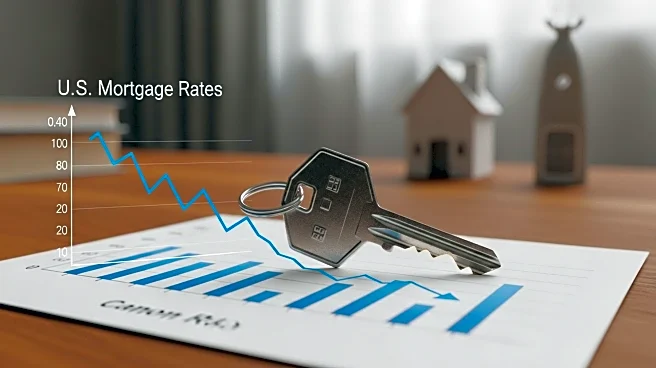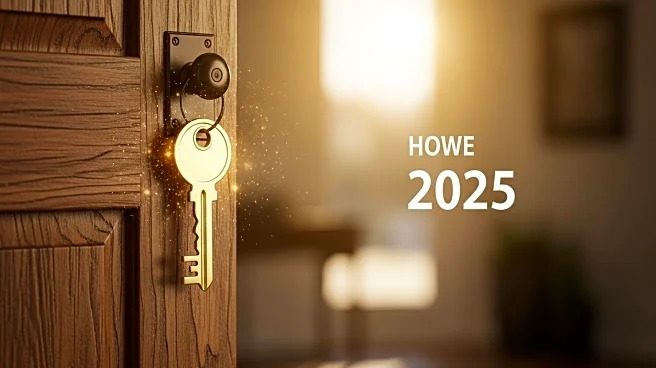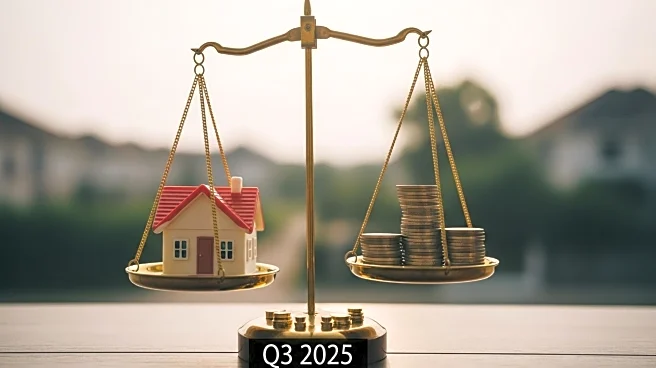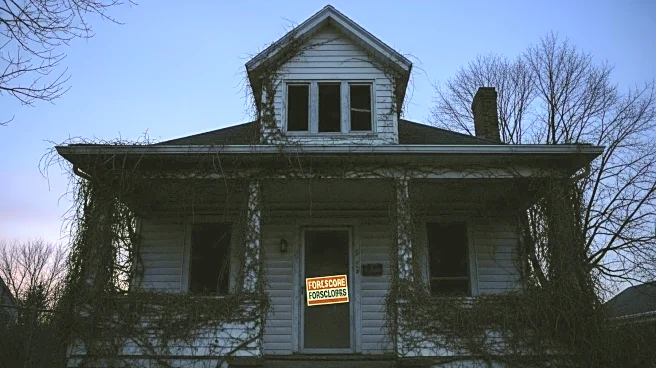What's Happening?
In Burlington County, New Jersey, a series of high-value real estate transactions have been recorded, highlighting the area's robust housing market. The most expensive home sold was a single-family residence at 7 Elm Court in Medford, which fetched $1.6 million. This property, built in 1999, spans 3,478 square feet, resulting in a price of $455 per square foot. Other notable sales include a $1.5 million home at 23 Whitechapel Drive in Mount Laurel and an $830,000 property at 540 Westfield Road in Moorestown. In total, 121 residential sales were recorded in the county during the week of August 18, with an average sale price of $618,534 and an average price per square foot of $228.
Why It's Important?
These transactions underscore the ongoing demand for high-end real estate in Burlington County, reflecting broader trends in the U.S. housing market where affluent buyers continue to invest in premium properties. The high prices indicate a strong local economy and a desirable living environment, which can attract further investment and development in the area. This trend is significant for real estate developers, investors, and local governments, as it can influence property taxes, community planning, and economic growth strategies. The data also provides insights into consumer preferences and the types of properties that are most sought after in the current market.
What's Next?
As the housing market continues to evolve, potential buyers and investors will be closely monitoring interest rates and economic indicators that could impact future real estate transactions. The Federal Reserve's potential interest rate adjustments could influence mortgage rates, affecting affordability and demand. Additionally, local governments may consider these trends in their urban planning and infrastructure development to accommodate growing populations and maintain property values.
Beyond the Headlines
The high prices of these homes may also reflect broader societal shifts, such as the increasing importance of remote work, which allows more flexibility in choosing residential locations. This could lead to a reevaluation of urban versus suburban living preferences, impacting long-term real estate development and community planning. Furthermore, the emphasis on luxury homes might highlight disparities in housing affordability, prompting discussions on housing policy and economic inequality.
